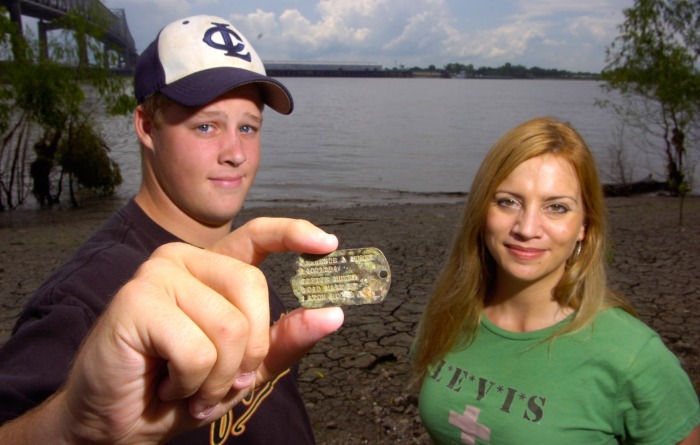 Arthur W. Ward during flight training in World War II. (Photo provided by Deborah S. Ward)
Arthur W. Ward during flight training in World War II. (Photo provided by Deborah S. Ward)
By George Morris
As the United States neared its entry into World War II, the world wondered whether England would fall to German bombs or the Soviet Union would fall to Nazi troops.
For much of black America, though, attention focused on the small, East Alabama town of Tuskegee. There, a racial barrier was falling.
Of blacks’ numerous contributions to Allied victory, perhaps none is as compelling as the story of the Tuskegee Airmen. Resisted by the American military at home and enemies abroad, they advanced the civil rights struggle in an area where many doubted they could succeed — in the skies.
Although the airmen’s names are seldom mentioned in war history, Baton Rouge resident Arthur W. Ward knows them well. Ward, a retired Southern University professor, went through wartime pilot training there.
Continue reading “Tuskegee Airmen”



 Frances Green, Margaret “Peg” Kirchner, Ann Waldner and Blanche Osborn during WASP ferry training on the B-17 Flying Fortress (U.S. Air Force photo)
Frances Green, Margaret “Peg” Kirchner, Ann Waldner and Blanche Osborn during WASP ferry training on the B-17 Flying Fortress (U.S. Air Force photo)